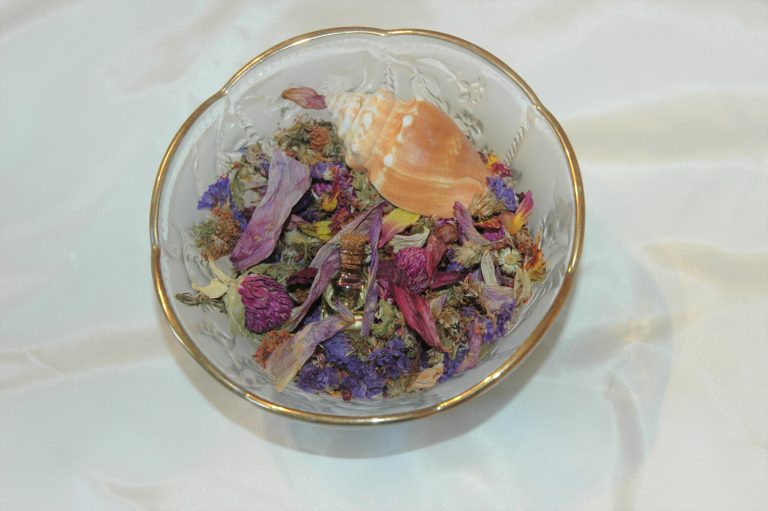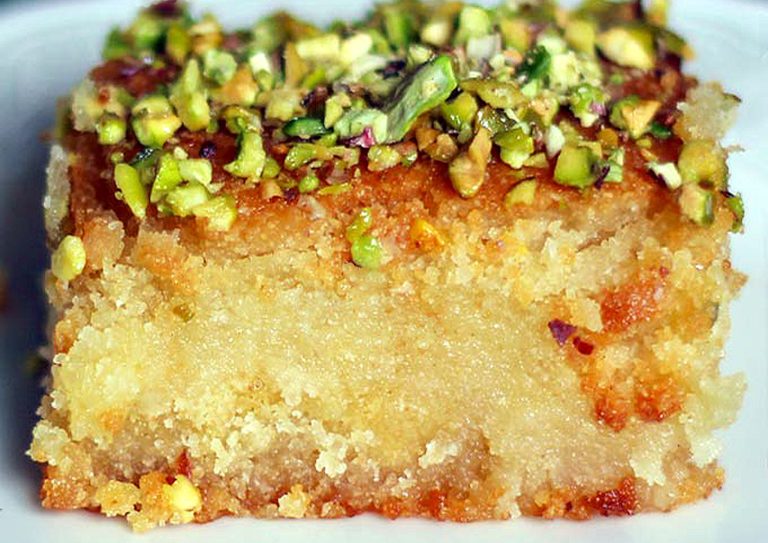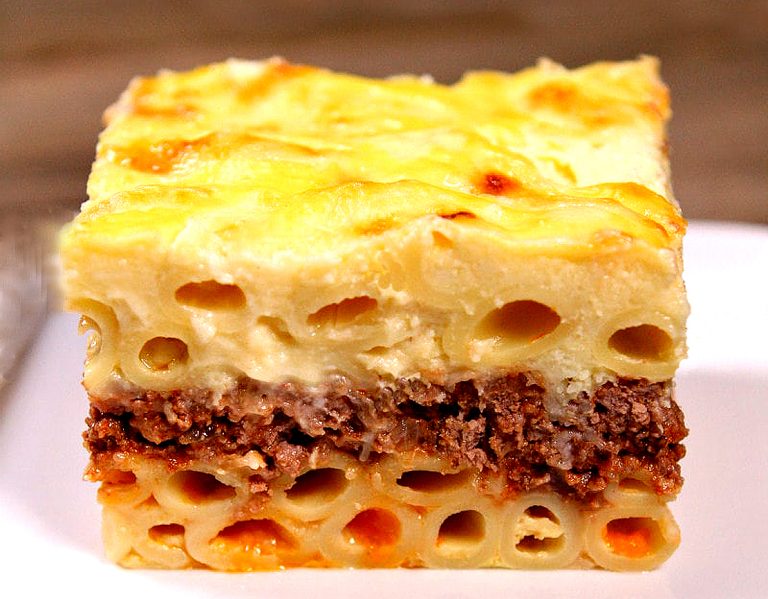Potpourri has long been used as a means to freshen the scent of indoor spaces, but it wasn’t always pretty. The French “pot-pourri,” from which our English word is derived, literally means putrid pot — an apt description of a fermenting brew of flower petals and herbs.
These vessels emitted lasting scents to mask those less-pleasing odors inherent to life before modern plumbing and ventilation. Especially in the winter, potpourri helped keep the air fresh in close quarters, and even offered antiseptic properties.
Its more attractive cousin, dry potpourri, has a long history. Records show that dried flowers and herbs were strewn on the floors to reduce odors over 6,000 years ago. The use of dried flowers for fragrance continued through the middle ages and the Victorian Era, when small sachets of potpourri were even carried on the body.
Today, dry potpourri is prettily-packaged, and used as an object of interest that pleases multiple senses. A creative project that’s simple and fun, potpourri can be customized to suit a variety of tastes — and smells.
Making natural potpourri
Natural potpourri is a flexible recipe with one main ingredient: dried plant material. Although this may be fragrant in itself, essential oils are often added to boost the scent, in which case a natural fixative is recommended to make it last. Potpourri can be as simple or complex as you care to make it. Neatly packaged in fabric pouches, decorative dishes, or glass jars, it makes a lovely and personal gift.
Dried botanicals
Success
You are now signed up for our newsletter
Success
Check your email to complete sign up
Whether you are making potpourri for gifts or for yourself, you will need a supply of assorted organic materials.
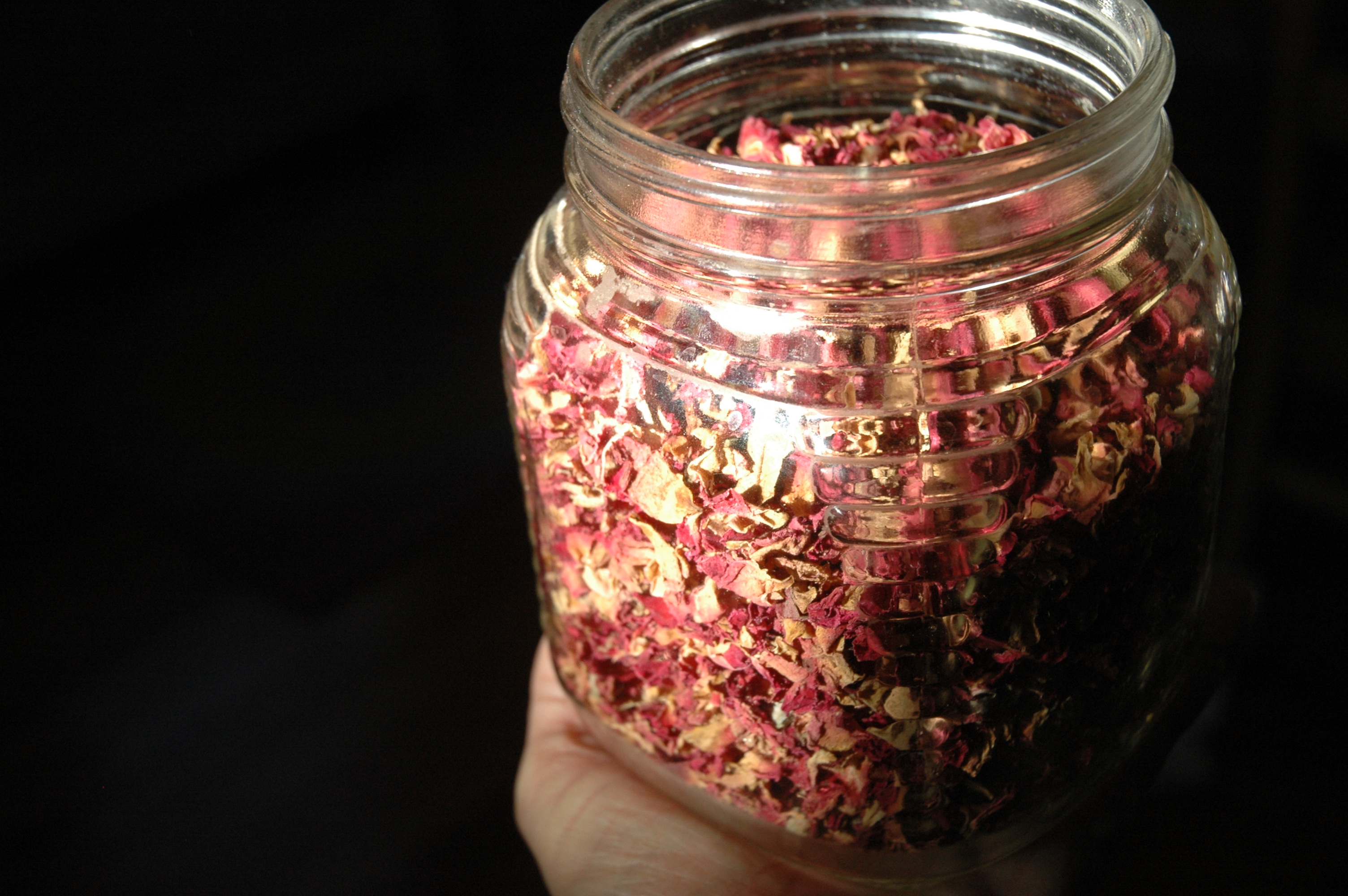
If you have your own garden, you can collect fresh flower petals and aromatic herbs throughout the growing season. Drying them in a warm, well-ventilated space — out of direct sunlight — will help them retain their fresh scents and colors.
“Too late now,” you say. Yes, but there’s always next year. In the meantime, dried flower petals are readily available online, and some can be found as bulk teas or dried herbs at health-food stores.
In the fall, one can collect interesting seed heads, pinecones, colorful leaves, berries and nuts, all of which may be dry and ready for use. Craft shops are good alternate sources for this type of material, too. Be sure to find unscented materials.
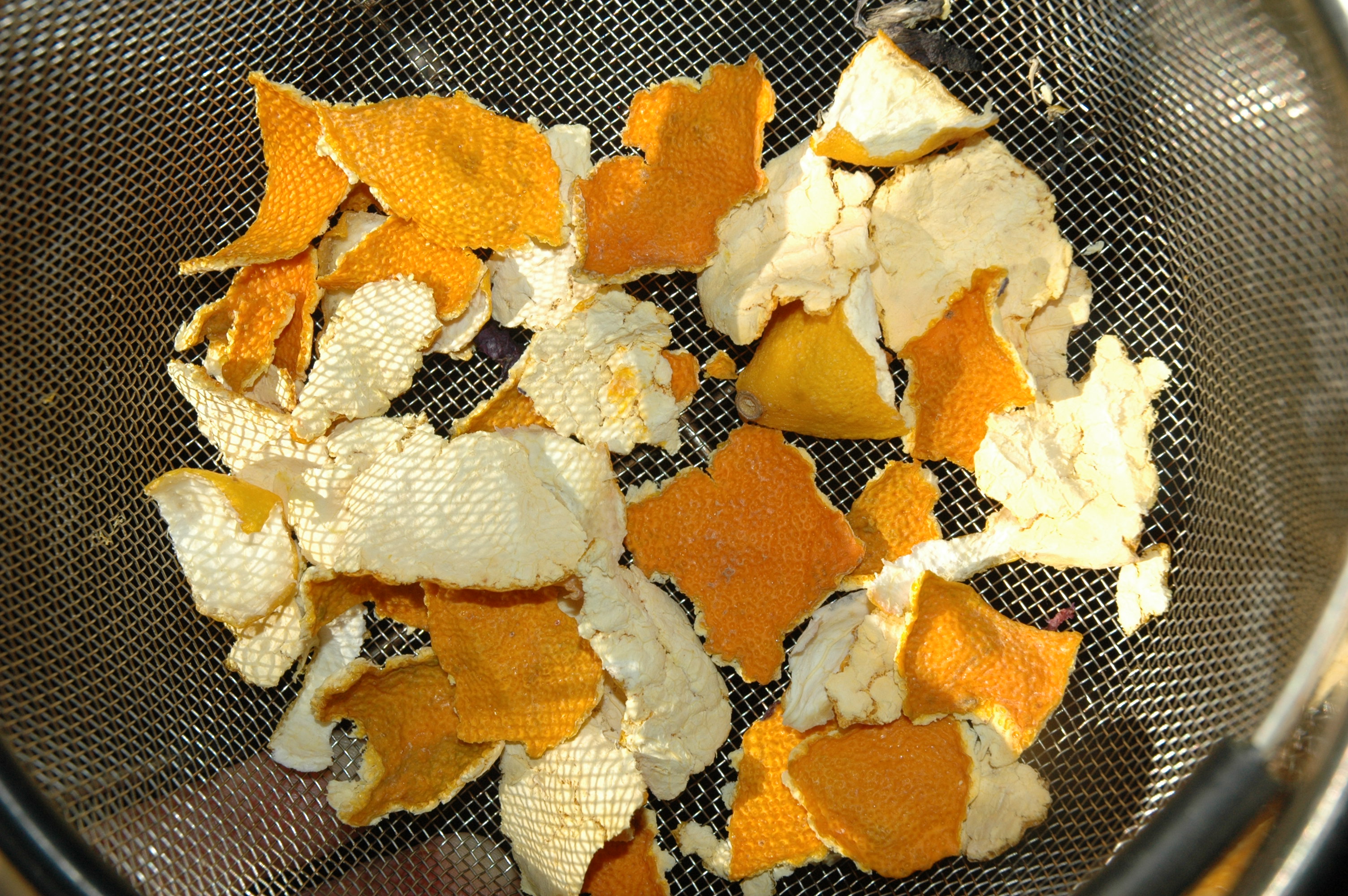
You may discover additional materials to work with in your kitchen. Dried orange peels, whole-leaf dried herbs, cinnamon sticks, star anise, cardamom pods, and whole cloves are all fragrant ways to add texture to the mix. For a particularly lovely gem in the mix, try drying orange or lemon slices in a dehydrator or oven.
Wood shavings or chips are also commonly used to fill out the mix. Since cedar resin is particularly good for repelling insects, cedar sachets are often placed in closets or dressers to protect linens and woolen clothing. Cedar adds a pleasant woodsy scent to any potpourri.
Essential oils
As you may know, artificial scents — although commonly used — pose a number of health threats. Aside from the immediate headaches and sinus irritation common to exposure, the chemical ingredients are also linked to a variety of serious health disorders.
Essential oils are concentrated extracts from natural botanicals. Of the 100 plus essential oils available, most are highly aromatic, and many have numerous medicinal properties. Even the small amount of oils present in the original potpourris was sufficient to help deter disease-causing bacteria and viruses.
Some scents are particularly suited to specific materials, but there is much room for creativity in making potpourri. While single scents can be lovely on their own, oftentimes, they are combined for depth, interest, and economy. The art of blending essential oils is a complex topic, but the basics will take you pretty far.
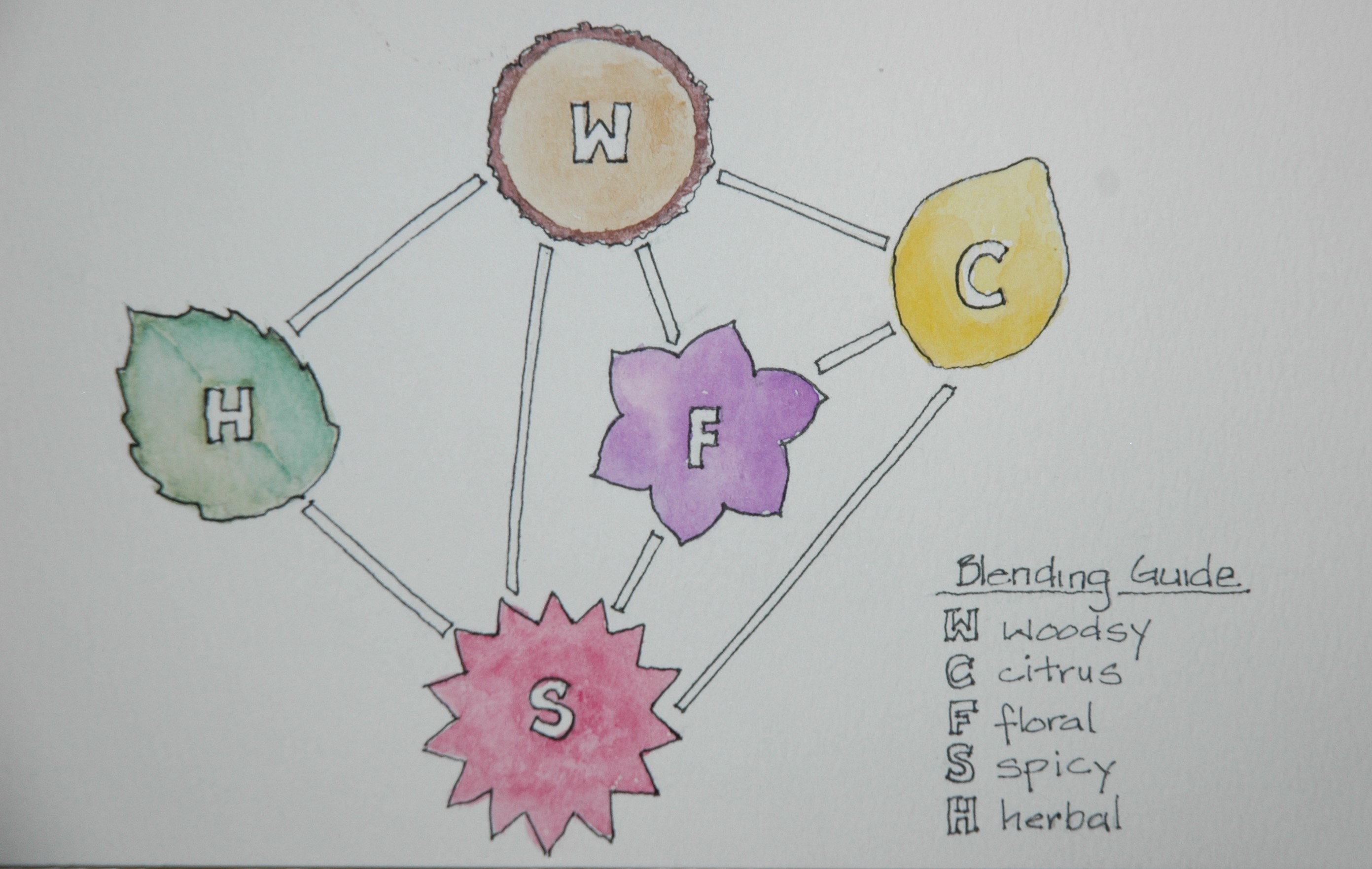
A balanced scent contains top, middle and base notes, which work together to mutually bring out their neighbors’ best qualities, without competing with them.
- Top notes are fresh and uplifting scents that begin your olfactory journey. Citrus scents as well as members of the mint family make nice top notes, which are typically 20 percent of the blend.
- Middle notes — 50 percent of the blend — are mellow scents that enhance the qualities of the top and base notes. Florals or sweet spices and herbs are common middle notes.
- Base notes are intense, rich, and long-lasting scents that have a grounding effect. Woodsy, warm and intoxicating scents work well for this foundational 30 percent of the blend.
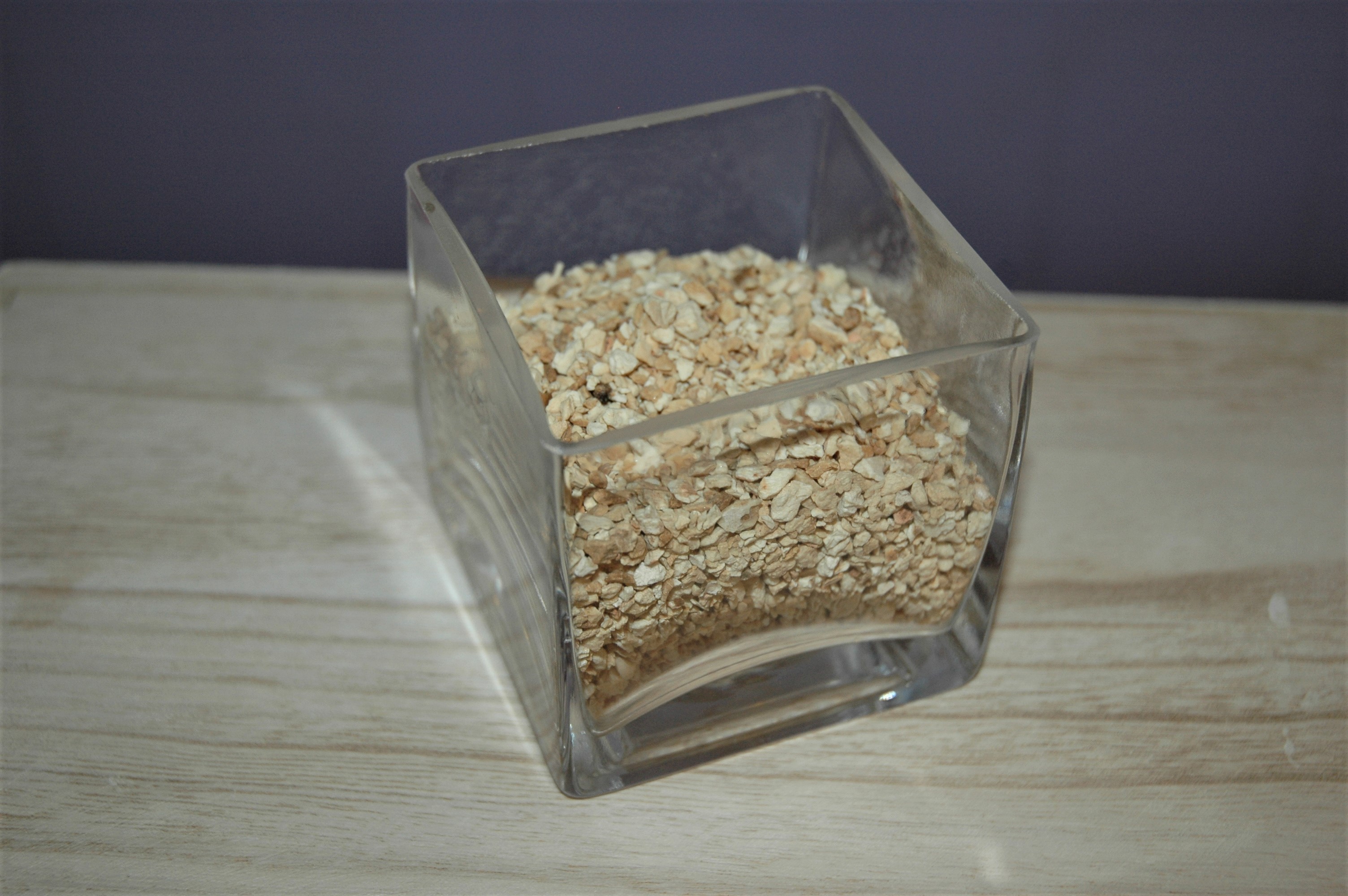
Fixative
The powdered, dried root of bearded iris (Iris germanica) is added to potpourri in order to preserve the scent. Known as orris root, this botanical must be dried for two to five years before it develops its characteristic violet scent which is highly valued in perfumery. So, although orris root can be hand-harvested from your garden and dried at home, this is not particularly efficient. Many herbal suppliers carry orris root in dried and powdered form.
Themed recipes
After you have your chosen dried botanicals, consider what scents would enhance your theme. Below are a few blends that I concocted as a starting point to give you some ideas, but feel free to swap for similar oils according to what you have on hand.
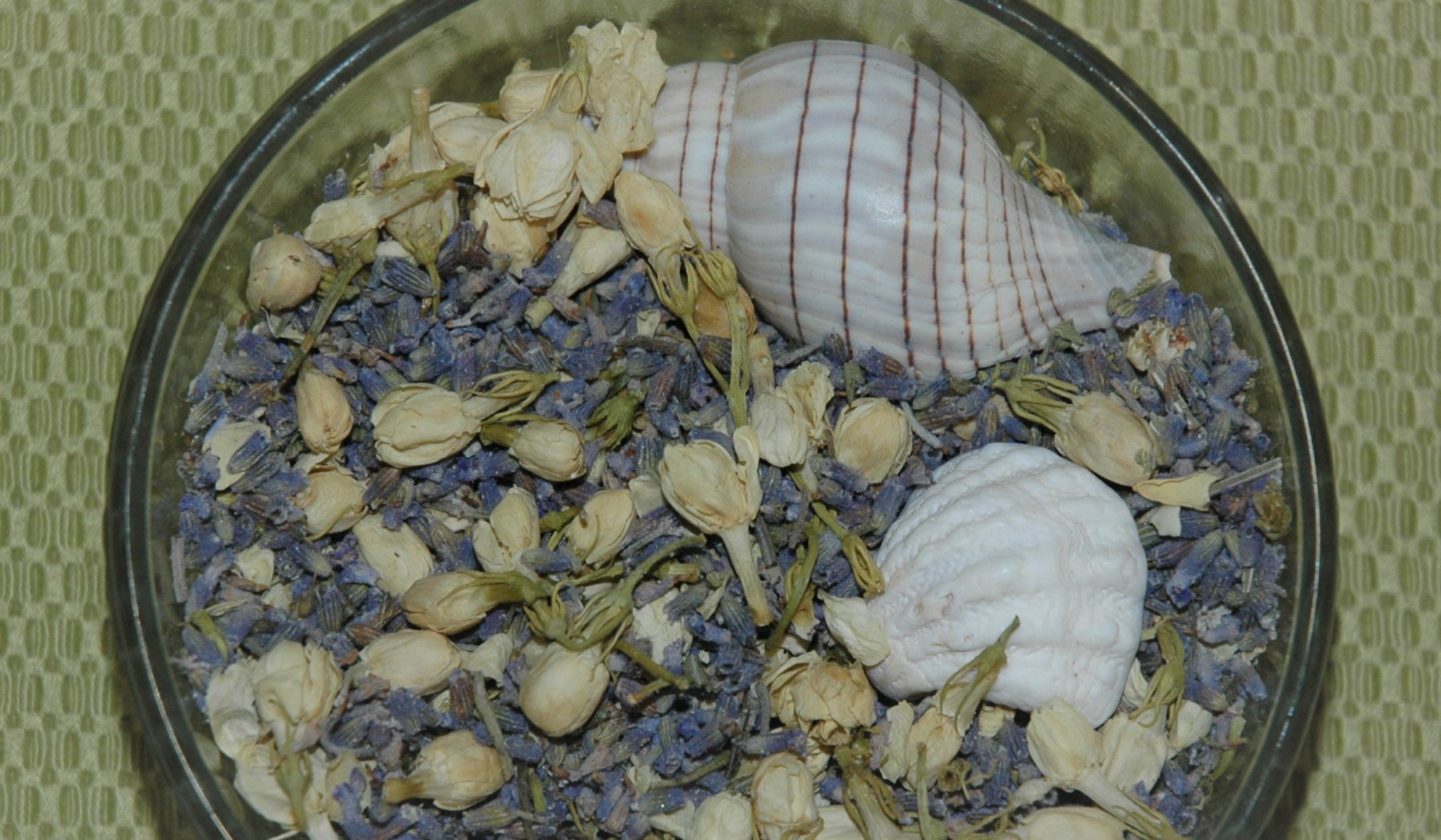
Summer Breeze
For a dainty display of lavender and other small buds, the following blend is both relaxing and refreshing.
- Bergamot (top note, 2 parts)
- Lavender (middle note, 5 parts)
- Eucalyptus (base note, 3 parts)
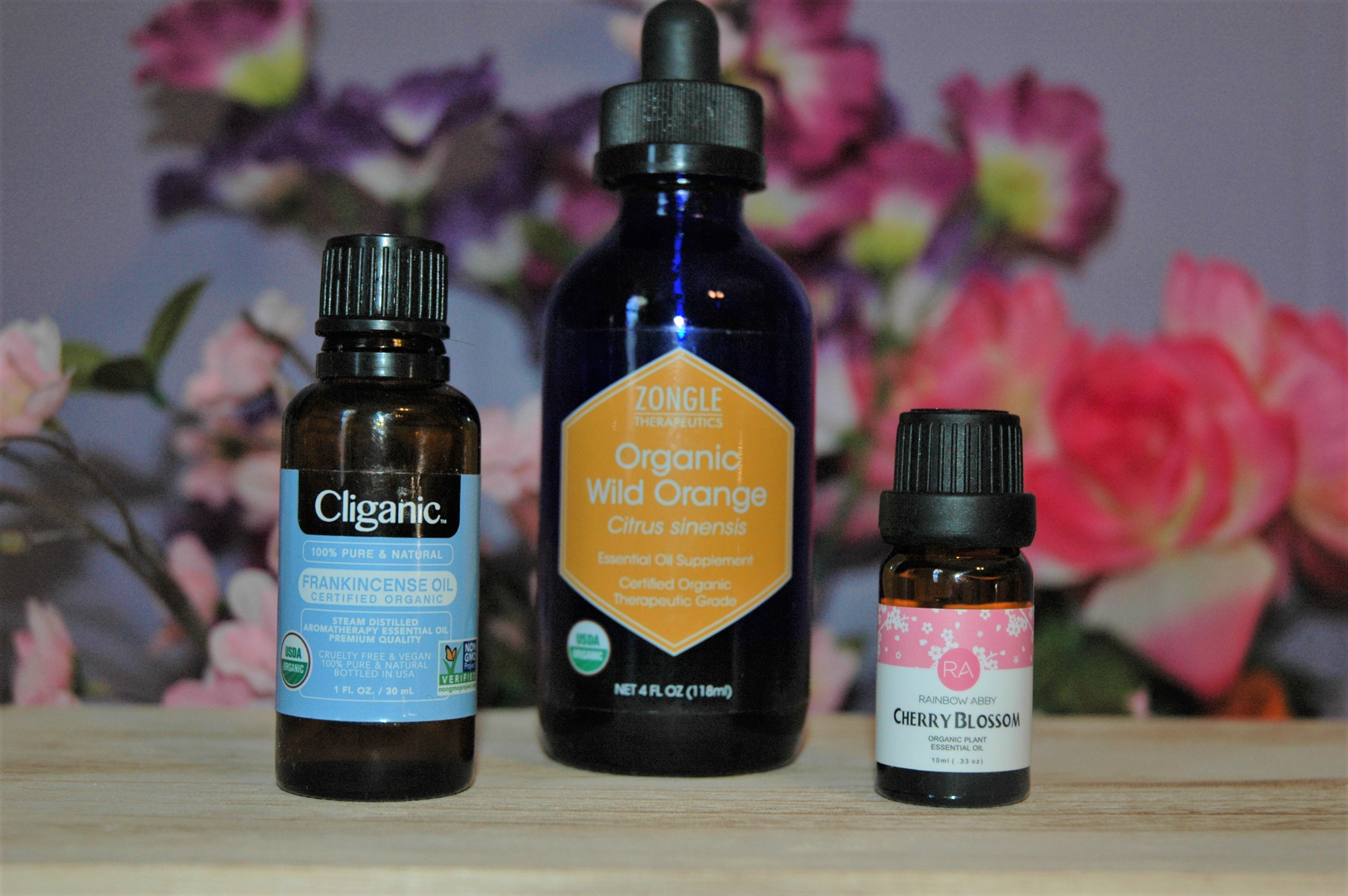
Lots of Love
Bolder florals call for a richer fragrance like this warm and inviting blend.
- Citronella (top note, 2 parts)
- Jasmine or rose (middle note, 5 parts)
- Frankincense (base note, 3 parts)

Let It Snow!
For a woodsy theme that’s both fresh and invigorating like a crisp winter’s day, try this blend.
- Rosemary (top note, 2 parts)
- Orange (middle note, 5 parts)
- Cedarwood (base note, 3 parts)

Happy Holidays!
This classic Christmas blend is spicy, sweet, and wintery-fresh.
- Cinnamon (top note, 2 parts)
- Peppermint (middle note, 5 parts)
- Fir needles (base note, 3 parts)
Adding a small vial of your scent blend to the package will make your potpourri a gift that keeps on giving.



